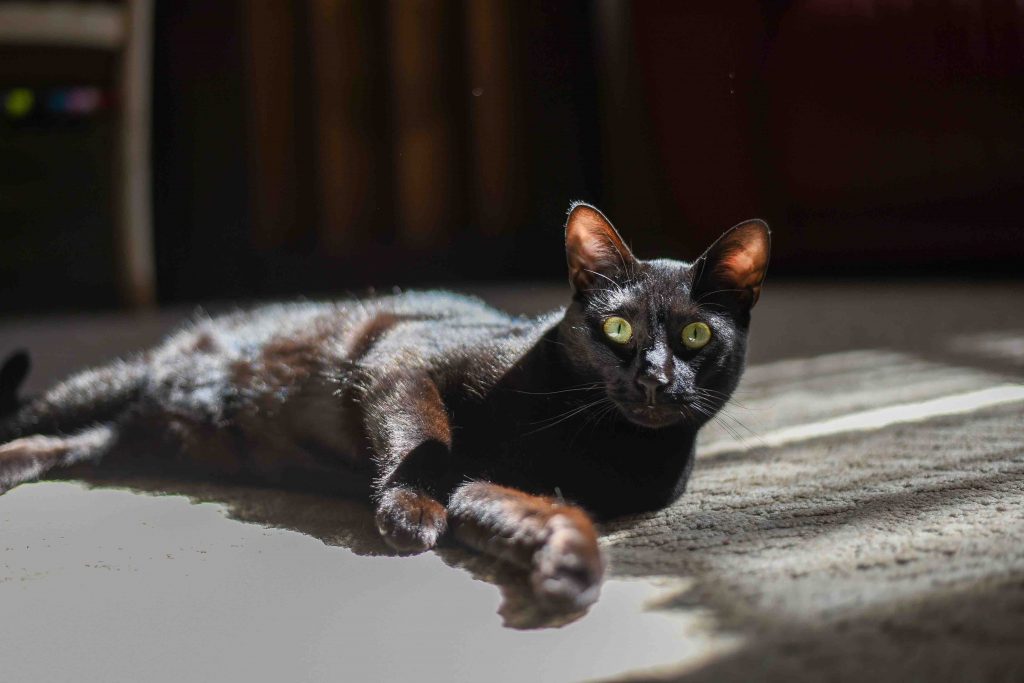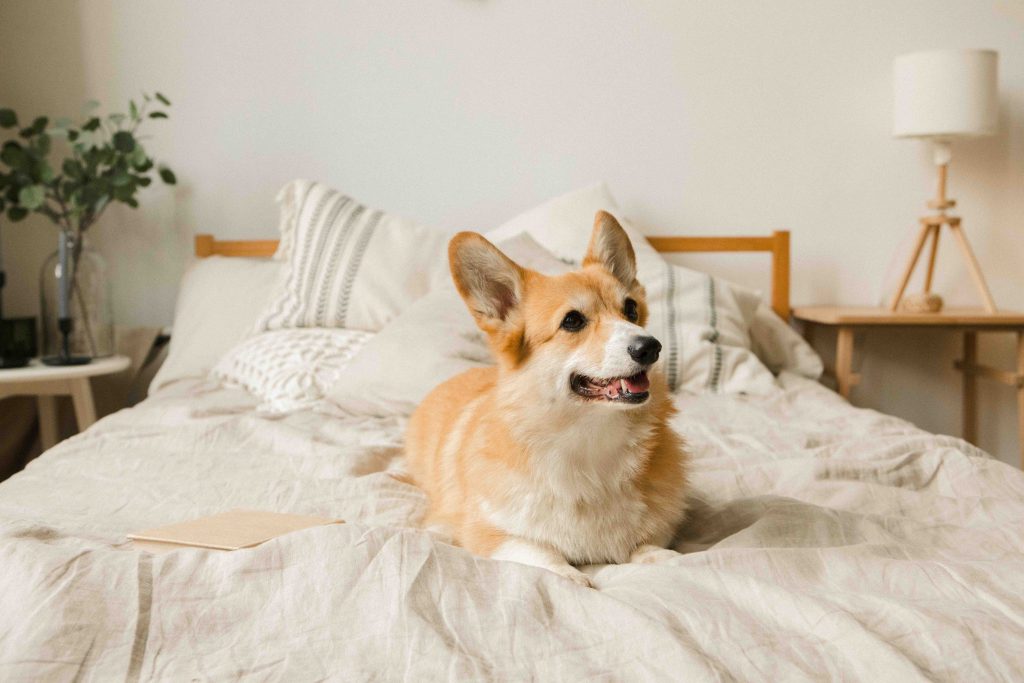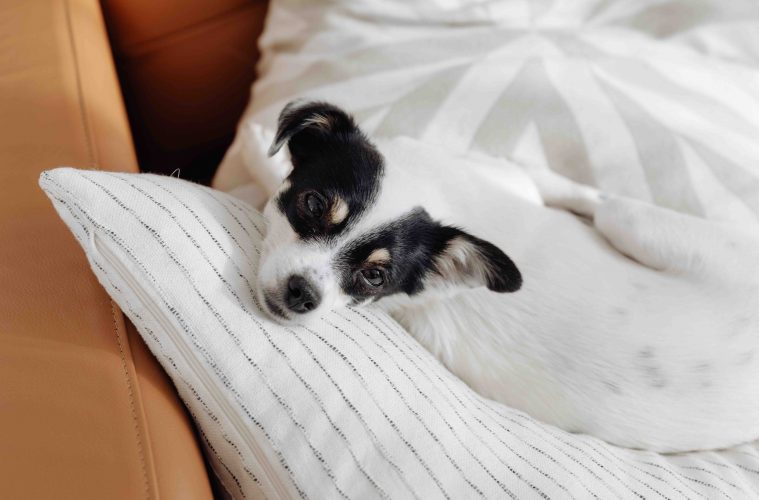Here’s what you need to know about keeping your cats and canines comfortable when choosing lighting for your home.
Us humans rely heavily on our eyesight to navigate the world around us (as we know all too well from being plunged into darkness during load shedding and needing a torch on hand!). But when it comes to the senses, our pets experience things very differently.
For example, we have around six million olfactory receptors in our noses, while our canine companions have about 300 million, enabling them to sniff out anything from illicit substances to latent diseases. A cat’s superpower is their acute peripheral vision and their field of view that extends to 200 degrees, whereas we mere mortals are limited to just 180. If you think that’s impressive, the humble rabbit can pinpoint the exact location of a sound and turn its long ears 180 degrees.
In just about every way, their senses are sharper. But does this mean that our lighting choices are affecting them more intensely than they are us?
Let There Be Light
There are several factors that dictate our lighting choices, ranging from practical to aesthetic. Areas in our homes like the kitchen might require something brighter to avoid chopped fingers, while having something more soft and serene in the living room will help set you up for some relaxing hours. The good news is that most domestic animals remain largely unaffected by whatever we choose. This is because they rely more heavily on their senses of smell and hearing during the day and have superior night vision as compared to us.
It has been suggested that noisy, flickering fluorescent fixtures may be stressful for them, so ensure that yours are well fitted and in good repair.

Nature Knows Best
While you needn’t worry about the artificial lights in your home affecting your kitties and canines, it is crucial that they – and we – have enough access to natural light, ideally having plenty of it filtering into your home.
This is necessary to keep their circadian rhythms in sync and their serotonin levels up so that they don’t experience a low mood or change in their appetite, energy levels or disposition.
But what about the gloomy winter months? Make sure that your pets are getting their vitamin D fix by moving their bed (or their favourite chair) into a sunny spot so they can soak up some rays.
There are, however, exceptions when it comes to how much is too much natural light. Some breeds and specific animals can have an innate sensitivity to light. These include pets with albinism, certain coat colours (such as all white or merle, which is often accompanied by light skin around the eyes and nose) and some with blue eyes. If your animal companion has a light sensitivity, kit them out with a comfortable pair of pet sunglasses and make sure they have 24-hour access to shade or, preferably, the indoors.

ALSO SEE: HOW TO MANAGE YOUR PET’S ALLERGIES

